
Just after dawn on 14 October 1918, after a night of heavy bombardment, a German Army despatch runner staggered back to his regimental HQ at Wervicq-Sud near France's border with Belgium.
His eyes were burning red and his voice was no more than a croak. It was clear that he had been gassed.
By the time he reached a first aid station in a mansion called the Château Blanc, the 29-year-old could no longer see. The diagnosis of gassing was confirmed when he was transferred to a clinic in German-occupied Belgium and then to a hospital in Germany. By the time he was released the following month - and had regained his faculties - Berlin had capitulated and the First World War was over.
Adolf Hitler recounted this experience in Mein Kampf (1925): "The British opened an attack on the front south of Ypres," he wrote. "They used the yellow gas whose effect was unknown to us, at least from personal experience. I was destined to experience it that very night. On a hill south of Wervik [Wervicq], in the evening of October 13th, we were subjected for several hours to a heavy bombardment with gas bombs, which continued throughout the night with more or less intensity."
This hill lies on the French side of the Belgian border where, to this day, it is grandiosely called La Montagne (The Mountain). At the outset of the Battle of Courtrai - one of a series of engagements during The Final Advance in Flanders when the Allies had their enemy on the run - the Belgian town of Wervik on the River Lys was in German hands. It was quickly taken by the British Second Army as the Allies pushed relentlessly across northern France and Belgium.
By "yellow gas", Hitler was referring to mustard gas, not because of the colour it can have when deployed but because of the yellow cross with which the Germans marked their shells containing the chemical agent. It earned its name because of its faint smell of mustard.
This story is from the Issue 138 edition of History of War.
Start your 7-day Magzter GOLD free trial to access thousands of curated premium stories, and 9,000+ magazines and newspapers.
Already a subscriber ? Sign In
This story is from the Issue 138 edition of History of War.
Start your 7-day Magzter GOLD free trial to access thousands of curated premium stories, and 9,000+ magazines and newspapers.
Already a subscriber? Sign In

NAUMACHIA TRUTH BEHIND ROME'S GLADIATOR SEA BATTLES
In their quest for evermore novel and bloody entertainment, the Romans staged enormous naval fights on artificial lakes
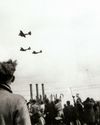
OPERATION MANNA
In late April 1945, millions of Dutch civilians were starving as Nazi retribution for the failed Operation Market Garden cut off supplies. eet as In response, Allied bombers launched a risky mission to air-drop food
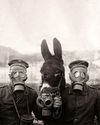
GASSING HITLER
Just a month before the end of WWI, the future Fuhrer was blinded by a British shell and invalided away from the frontline. Over a century later, has the artillery brigade that launched the fateful attack finally been identified?
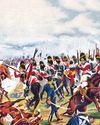
SALAMANCA
After years of largely defensive campaigning, Lieutenant General Arthur Wellesley went on the offensive against a French invasion of Andalusia
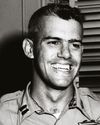
HUMBERT 'ROCKY'VERSACE
Early in the Vietnam War, a dedicated US Special Forces officer defied his merciless Viet Cong captors and inspired his fellow POWs to survive
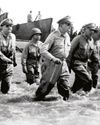
LEYTE 1944 SINKING THE RISING SUN
One of the more difficult island campaigns in WWII's Pacific Theatre saw a brutal months-long fight that exhausted Japan’s military strength
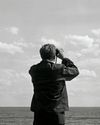
MAD DAWN
How technology transformed strategic thinking and military doctrine from the Cold War to the current day
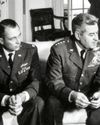
BRUSHES WITH ARMAGEDDON
Humanity came close to self-annihilation with the Cuban Missile Crisis, Broken Arrows’ and other nuclear near misses
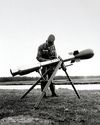
THE DEADLY RACE
How the road to peace led to an arms contest between the USA and USSR, with prototypes, proliferation and the world’s biggest bomb

THE MANHATTAN PROJECT
Einstein, Oppenheimer and the race to beat Hitler to the bomb. How a science project in the desert helped win a war